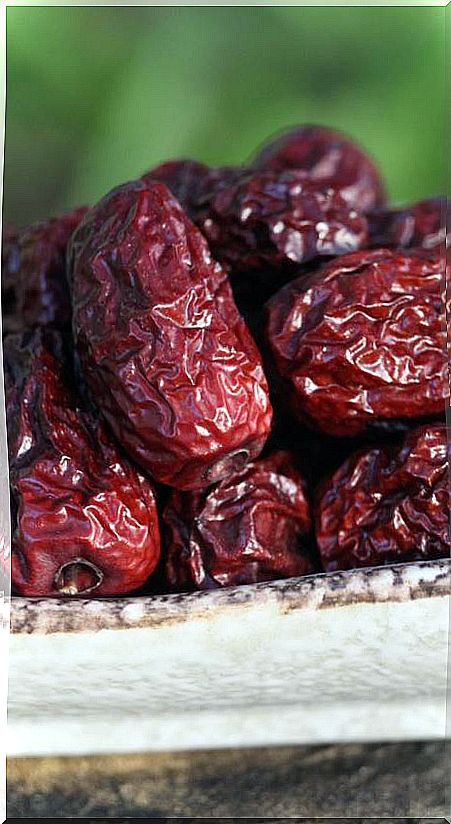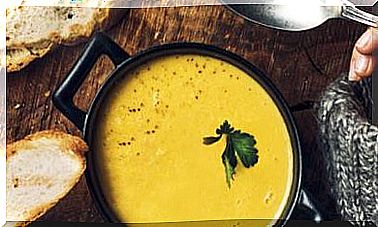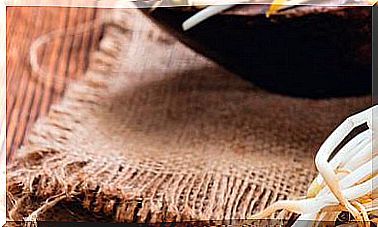5 Exotic Ingredients For Your Traditional Dishes
A few years ago avocado was an exotic ingredient, now we even use it to make brownies. Will we incorporate these ingredients in the same way?

In recent years, ingredients that we used to associate with the exotic or impossible to obtain have become very popular: quinoa, tahini, tofu, coconut milk or avocados are good proof of this.
In this article I am going to show you other ingredients that are still exotic but that can give us a lot of play when it comes to incorporating colors, textures and flavors.
Okra, gumbo or okra
These elongated green pods can be used like green beans. It is true that they do not taste the same, but they do not have a strong flavor and aroma. What they do have is a thickening property that other greens and vegetables don’t have.
When we leave them to soak or add them to a stew or a broth, a viscous and soft gel forms due to their content of polysaccharides that act more or less like flax seeds or chia seeds when we soak them. This thickening property is widely used in Indian and African cuisine for curries and all kinds of stews and broths.
You can buy fresh okra in Indian and Asian supermarkets and greengrocers in general, and also frozen or canned.
Try to cut three or four okras into pieces and brown them at the beginning with the onion or the sauce in your stews, stews and curries, you will see which sauces are richer.
Jujube, jujube or Chinese date
They are red fruits that are usually found dried in oriental supermarkets and sometimes fresh in greengrocers. They are very sweet, comparable to medjool dates, although a little more acidic.
They are widely used in Southeast Asian cuisine for both savory and sweet dishes. For example, it is minced and added in pieces to kimchi during its preparation. In India and Middle Eastern countries it is used to make sweets and to accompany tea.
If you let them soak, drain them and then beat them, you will have a sweet paste to use in muffins, cakes and pancakes.
You can also add them in pieces to your salads, teas and infusions and even broths and creams. I like to add a couple when I make butternut squash cream.
Douchi
The Douchi are beans Fermented black with Aspergyllus oryzae that are salty, spicy, dried and stored. What remains are some wrinkled black beans with a fairly strong aroma similar to soy sauce that are widely used in Chinese, Japanese, Korean, Cambodian cuisine, etc.
Instead of using vegetable broth (or in addition to it) add a handful of douchi to your stews, stews, soups, curries, etc. With 10 beans it is enough to give a lot of flavor. They are quite salty, so remember to add a little less salt.
I really like to use it for example to make sauteed tofu dishes with a pinch of broth. Simply brown the tofu with the douchi and the vegetables you want (for example Chinese cabbage, pak choy, some shiitake mushrooms, etc.), add a little water and mix well.
If you want a silky sauce like the one in Chinese restaurants, also add 1 teaspoon of cornstarch, potato or tapioca dissolved in 100 ml of cold water. Stir quickly and it will thicken in no time.
It is also very good for seitan stews and the like, it gives it very good flavor notes.
Cardamom
There are two types of cardamom : green, which is the most common, and black. Green is the one used in Indian cuisine in many dishes and also in teas and infusions. Black is larger in size and has camphor aromas.
The Green Cardamom is an expensive spice, but worth it because we use it in small quantities and not for all. In Indian supermarkets it is usually cheaper.
The good thing about cardamom is that it has a range of moderate aromas between citrus and spicy that make it possible to use it for both savory and sweet dishes.
In rice, for example, it leaves a somewhat pleasant aftertaste reminiscent of bay leaf, slightly lemon, a touch of peppermint, hops, thyme …
In stews and dishes in general with broth it is where it shines the most, since the aromatic compounds of its seeds mix with the liquids during cooking.
A couple of cardamoms is enough for a curry or for a dessert (for example a spiced soy rice pudding). If you do not want to find it, you will have to look for and remove the pods before serving, although they usually look good. For sweets such as cakes and cookies it is better to pass it through the coffee grinder and make it powder.
The black cardamom looks great in stews and soups with legumes. It is enough to put one or two at the beginning of cooking or in the sauce so that it gives enough flavor that reminds of bay leaves, cloves, mint, etc.
Star anise
The star anise is the fruit of a tree, while the “normal” anise is the seed of a plant. It tastes like anise (contains anethole), but with more sweet, citrus and floral notes.
It is used in both sweet and savory preparations. For example, in Indian cuisine it is added to biryanis and masala chai, and in China it is one of the ingredients of their five-spice powder.
It can be found in some normal supermarkets and health food stores as well as Asian markets.
Like cardamom, it looks better in dishes with broths because that way its flavor is released into the liquid.
We can add it to any stew or stew, for example chickpeas with spinach, adding it with the sauce at the beginning. It is not necessary to crush it, but to remove it when serving so as not to find it.
If we make an oriental pasta sauté we can also add a star anise, it will give it a very pleasant and subtle flavor.
I like to put a star anise in the broth in which I make the seitan, along with a cinnamon stick, a couple of green cardamoms, onion, ginger, garlic, bay leaf, etc. The flavor that remains at the end is impressive, and the broth is reused to make vegetable dishes.
To use it in sweets we can do two things: infusion or ground. For example, when making muffins or cakes, we can leave the star anise in the vegetable drink that we are going to use, or grind it and add it to the flours. A small one is enough for a cake of 8 servings.








